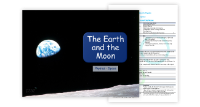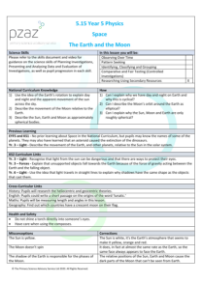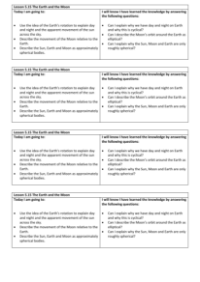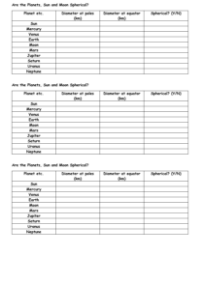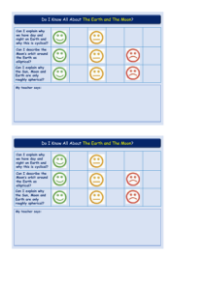The Earth and the Moon - Presentation
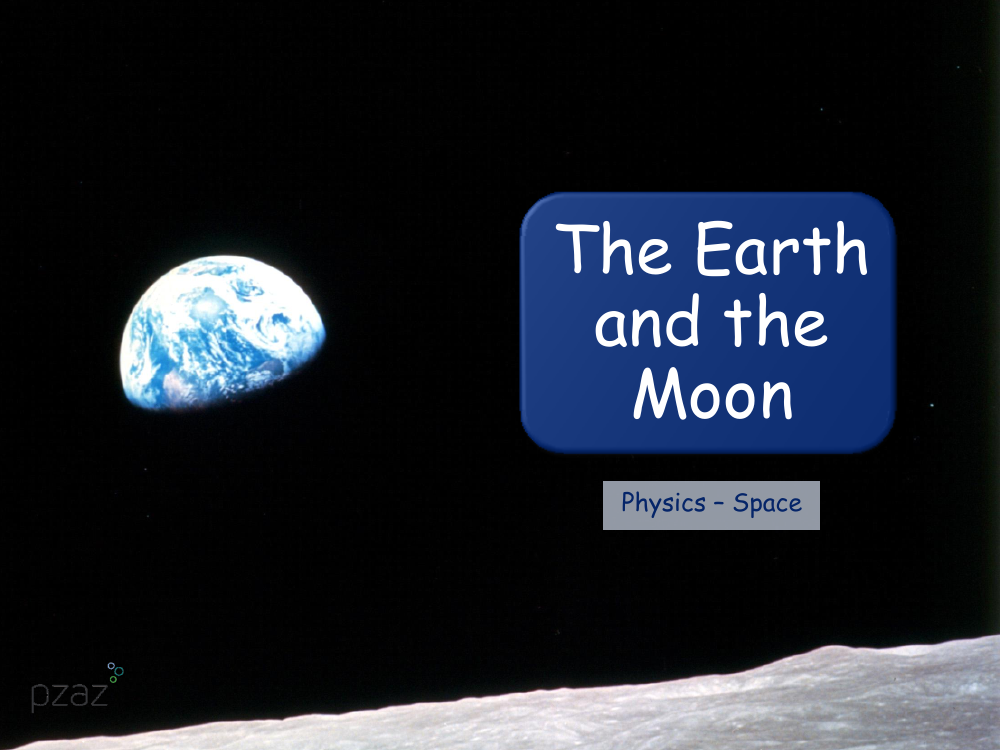
Science Resource Description
The presentation delves into the fascinating dynamics of the Earth and the Moon, particularly exploring the reasons behind the cyclical pattern of day and night on Earth. It poses thought-provoking questions such as the shape of the Moon's orbit around Earth and the reasons why the Sun, Moon, and Earth are not perfectly spherical. The session is designed to provide students with a clear understanding of these celestial phenomena. A key learning point is the elliptical nature of the Moon's orbit, influenced by Earth's gravity, which causes variations in the Moon's speed. This orbit takes approximately 28 days to complete and is responsible for the different phases of the Moon, which are not caused by Earth's shadow but by the changing angles of sunlight hitting the Moon's surface.
Additionally, the presentation addresses the concept of day and night, explaining how Earth's rotation on its axis and its slight tilt result in the alternation of day and night every 24 hours. Students are encouraged to compare the geocentric and heliocentric theories, understanding the historical perspectives on planetary orbits. The session also includes interactive elements, such as using one's head to model the phases of the Moon, and prompts students to critically evaluate the accuracy of such models. Finally, it touches upon the non-spherical nature of the Sun, Moon, and Earth, explaining that the spinning of these bodies leads to a slight flattening at the poles. By the end of the presentation, students should be able to explain the cyclical occurrence of night and day, describe the Moon's elliptical orbit, and understand why celestial bodies are not perfectly spherical.

